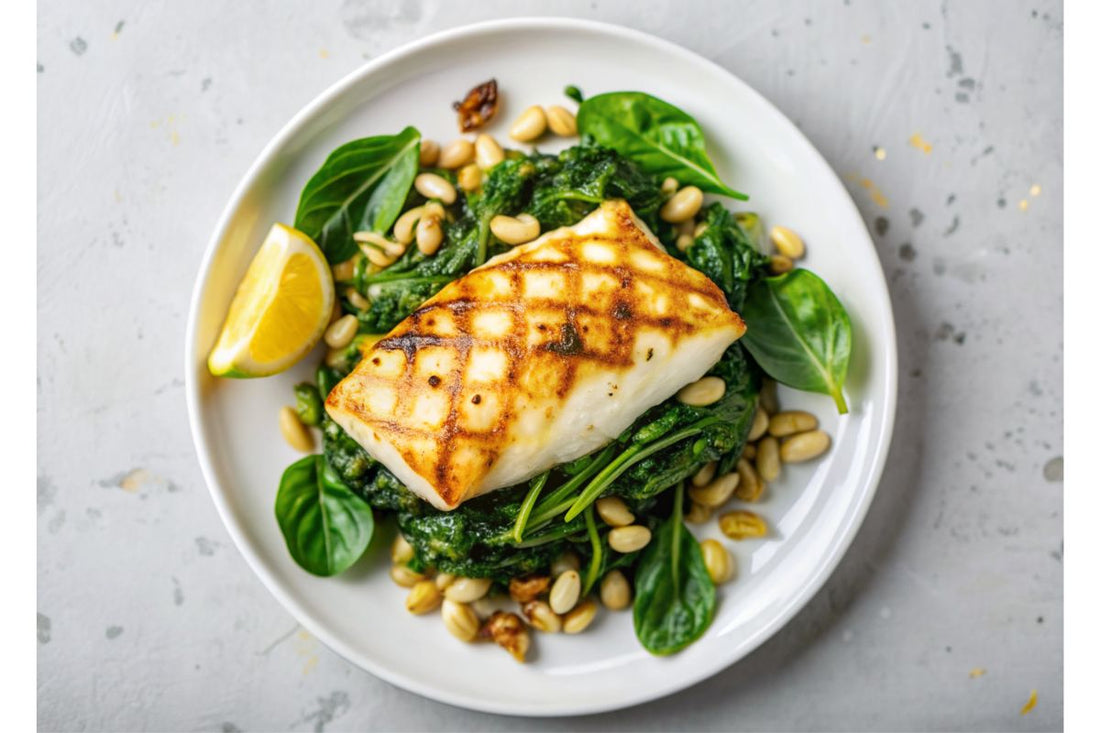
The Essential Guide to Alaskan Halibut!
Share
The Essential Guide to Alaskan Halibut
Welcome to The Essential Guide to Alaskan Halibut! Alaskan halibut is a prized catch, known for its delicate flavor, firm texture, and versatility in the kitchen. This guide will help seafood lovers and those wanting to try new foods learn all about this amazing fish.
Thawing Methods
Refrigerator Method
For the safest method and best quality, thaw your fish in the refrigerator. Remove the fillet from its packaging, place it in a plastic bag, and let it thaw in the fridge for 6–8 hours.
Cold Water Method
For faster thawing, submerge the fish in its vacuum-sealed bag in cold tap water. Rotate the water frequently.
Cooking Methods
- Grilling: Preheat the grill to medium-high. Lightly oil the fillet, season with your favorite spices, and grill for 4-5 minutes per side.
- Baking: Preheat the oven to 400°F (200°C). Bake for 12-15 minutes until opaque.
- Pan-Seared: Cook for 3-4 minutes per side until golden brown.
- Deep-Frying: Cook in hot oil at 350°F for 3-5 minutes until crispy.
- Poaching: Simmer in broth for 8-10 minutes until tender.
Health Benefits
Alaska Halibut is an outstanding meal item for today's health-conscious consumer.
- Rich in protein and nutrients
- Gluten free
- Keto and paleo friendly
